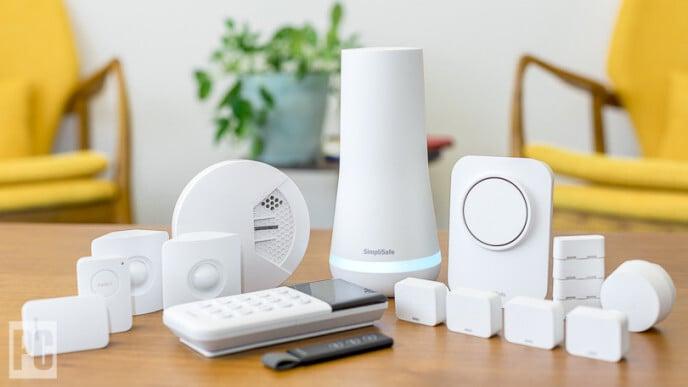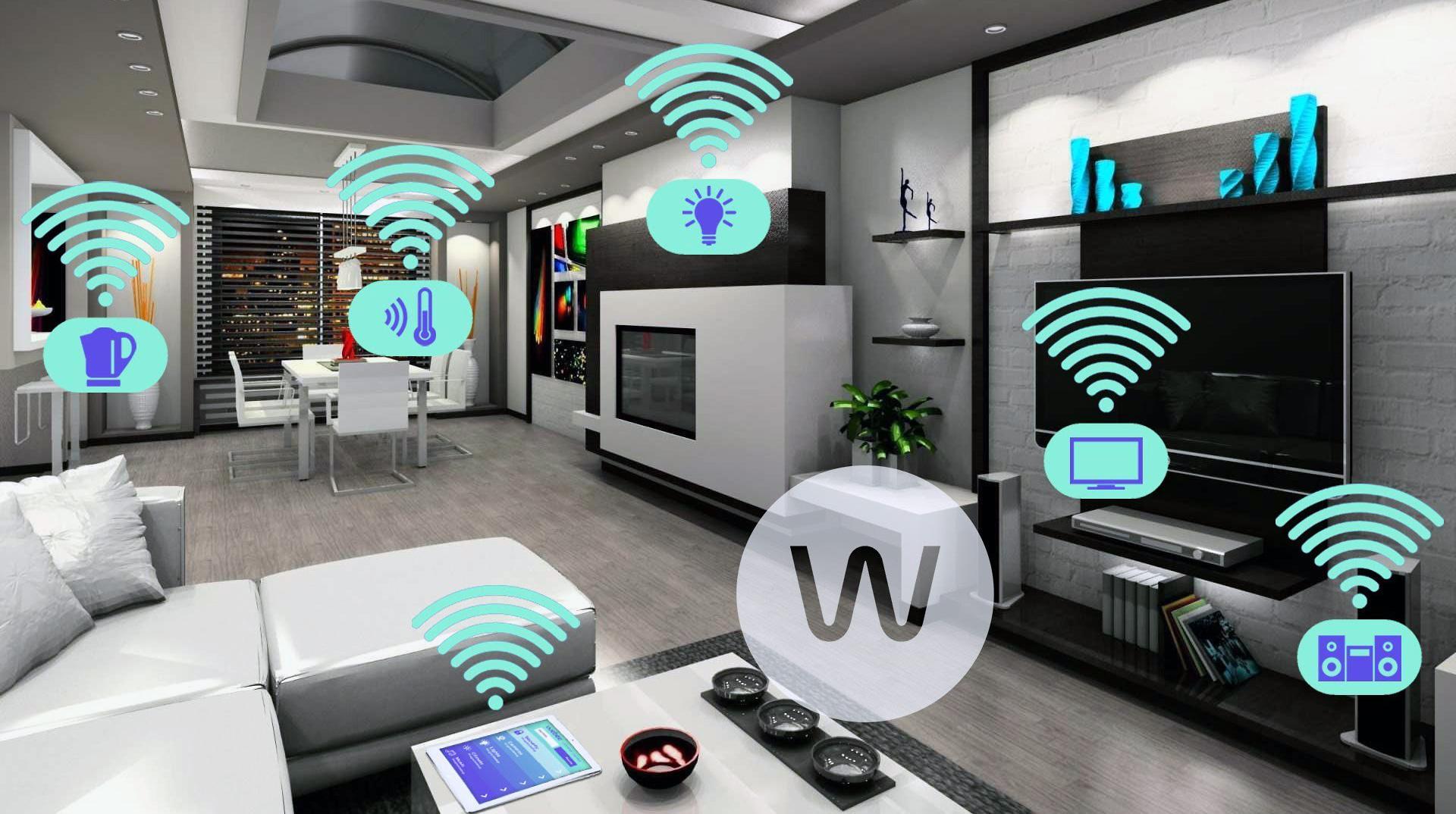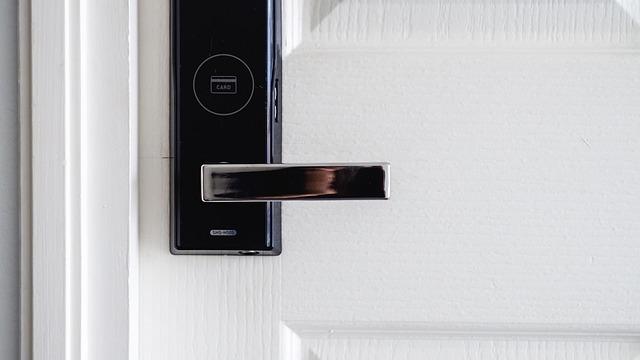In an age where technology integrates seamlessly into our daily lives, the concept of a smart home has shifted from a futuristic dream to a contemporary reality. Yet, with the vast array of devices and gadgets available on the market, the journey to a fully automated and intelligent living space can be as overwhelming as it is exciting. Do you really need that high-tech coffee maker that connects to your phone? Or is the smart light bulb worth the investment? Join us as we navigate the world of DIY smart home setups, sifting through the noise to uncover what you genuinely need to enhance your home—and what you can skip. Whether you’re a tech enthusiast looking to elevate your space or a novice seeking to dip your toes into the smart revolution, this guide will help you create a cohesive and functional smart home that suits your lifestyle while saving you time, money, and unnecessary gadget clutter. Let’s embark on this journey to transform your living space into a streamlined sanctuary of convenience and innovation.
Understanding Smart Home Essentials for Every Budget
Embracing a smart home lifestyle doesn’t necessitate breaking the bank. Whether you’re a novice or a tech-savvy enthusiast, there are essential devices that cater to every budget. For the budget-conscious homeowner, smart plugs can be a game-changer. They allow you to control lighting and small appliances from your smartphone, turning any device into a smart device for a minimal investment. Complementing this are smart bulbs, which offer customizable lighting options without the need for extensive setup. If you’re looking to elevate your home security without a hefty price tag, consider a smart doorbell or a basic security camera to keep an eye on your property remotely.
On the other hand, mid-range options can enhance your smart home experience significantly. Think about investing in a smart speaker or home assistant that not only plays music but also serves as a hub for all your smart devices, providing voice control capabilities. Additionally, thermostats with smart features can lead to considerable energy savings by learning your schedule and preferences. For those who have more to spend, a full home automation system may integrate all these devices seamlessly, allowing for complex routines and greater control from a single dashboard. Below is a table illustrating some essentials for various budgets:
| Budget | Device | Approx. Cost |
|---|---|---|
| Low | Smart Plugs | -$10 each |
| Low | Smart Bulbs | -$15 each |
| Mid | Smart Speaker | -$50 |
| Mid | Smart Thermostat | -$150 |
| High | Full Home Automation System | -$500+ |

Must-Have Devices That Enhance Convenience and Security
Equipping your smart home with the right devices can dramatically boost both convenience and security. Essential gadgets include smart locks that let you control access remotely, video doorbells that offer real-time surveillance of your front porch, and smart lighting systems that adapt to your schedule with a simple tap or voice command. These tools seamlessly integrate into your daily routine, transforming your living space into a fortress of connectivity and ease.
However, not every gadget lives up to the hype. To avoid clutter and unnecessary expense, consider focusing on devices that genuinely add value. Here’s a quick breakdown:
| Device | Function | Worth It? |
|---|---|---|
| Smart Locks | Keyless entry & remote locking | Yes |
| Smart Plugs | Control appliances & devices remotely | Conditional |
| Smart Sensors | Motion detection & alerts | Yes |

Common Pitfalls in DIY Smart Home Installations
When embarking on a DIY smart home project, it’s easy to overlook critical details that can lead to frustration or failed installations. One common pitfall is ignoring compatibility between devices. Many homeowners rush to purchase the latest gadgets without first checking if they work with existing systems. This can result in a frustrating experience where devices don’t communicate with each other, leading to unnecessary costs and time lost. Another common mistake is underestimating network requirements. Smart home devices heavily rely on a strong and stable internet connection. Failing to account for bandwidth or range can lead to choppy performance and difficulty in controlling devices.
Additionally, overloading a smart hub is a frequent error. Many DIYers attempt to connect too many devices to a single hub without considering its limits, leading to lag or malfunctions. A thoughtfully planned device distribution can optimize performance. Furthermore, neglecting security settings can expose your smart home to vulnerabilities. Many users are so excited to set up their devices that they skip essential security measures, putting their data and privacy at risk. To avoid these pitfalls, consider developing a bulletproof plan alongside a strong understanding of each component’s requirements before diving into a full installation.

Creating a Seamless Smart Home Ecosystem: Tips and Tricks
Building a connected home doesn’t involve a mad dash to acquire every gadget on the market; instead, it’s about selecting the right devices that work harmoniously together. Start with a hub that serves as the command center for your smart devices, ensuring seamless communication. Popular choices include options like the Amazon Echo Plus or Samsung SmartThings Hub. Focus on core categories of devices that enhance both convenience and energy efficiency:
- Smart Lighting: Upgrade to smart bulbs that can be controlled remotely and dimmed to set the perfect mood.
- Thermostats: Install models like the Nest Learning Thermostat to optimize heating and cooling while learning your habits.
- Security Cameras: Opt for Wi-Fi enabled cameras for smart monitoring, ensuring peace of mind both at home and away.
- Smart Plugs: Use these to easily transform standard appliances into smart devices, allowing control over power usage.
An effective smart home ecosystem is built on compatibility, so prioritize devices that easily integrate with your existing technology. Platforms like Google Assistant and Apple HomeKit offer extensive compatibility options, enabling you to choose from a broad range of products. Evaluate their interoperability through a simple compatibility checklist:
| Device | Compatibility | Functionality |
|---|---|---|
| Smart Light Bulb | Google, Alexa, HomeKit | Voice control, scheduling |
| Smart Thermostat | Google, Alexa | Energy management |
| Smart Speaker | All platforms | Voice commands, music streaming |
| Smart Security Camera | Google, Alexa | Live streaming, alerts |
Concluding Remarks
As you embark on your DIY smart home journey, remember that the ultimate goal is to enhance your living space without overwhelming it with unnecessary gadgets. By focusing on the essentials—devices that offer true functionality and convenience—you can create a harmonious environment that caters to your needs, all while enjoying the satisfaction that comes from building it yourself.
This guide has hopefully illuminated the path ahead, helping you discern between must-haves and mere novelty items. As technology evolves, so too will your smart home, providing endless opportunities for customization and improvement. Embrace the adventure, experiment with creativity, and don’t forget to prioritize what genuinely enhances your comfort and lifestyle.
In the end, it’s not just about making your home smarter; it’s about making it more attuned to you. Happy building!




